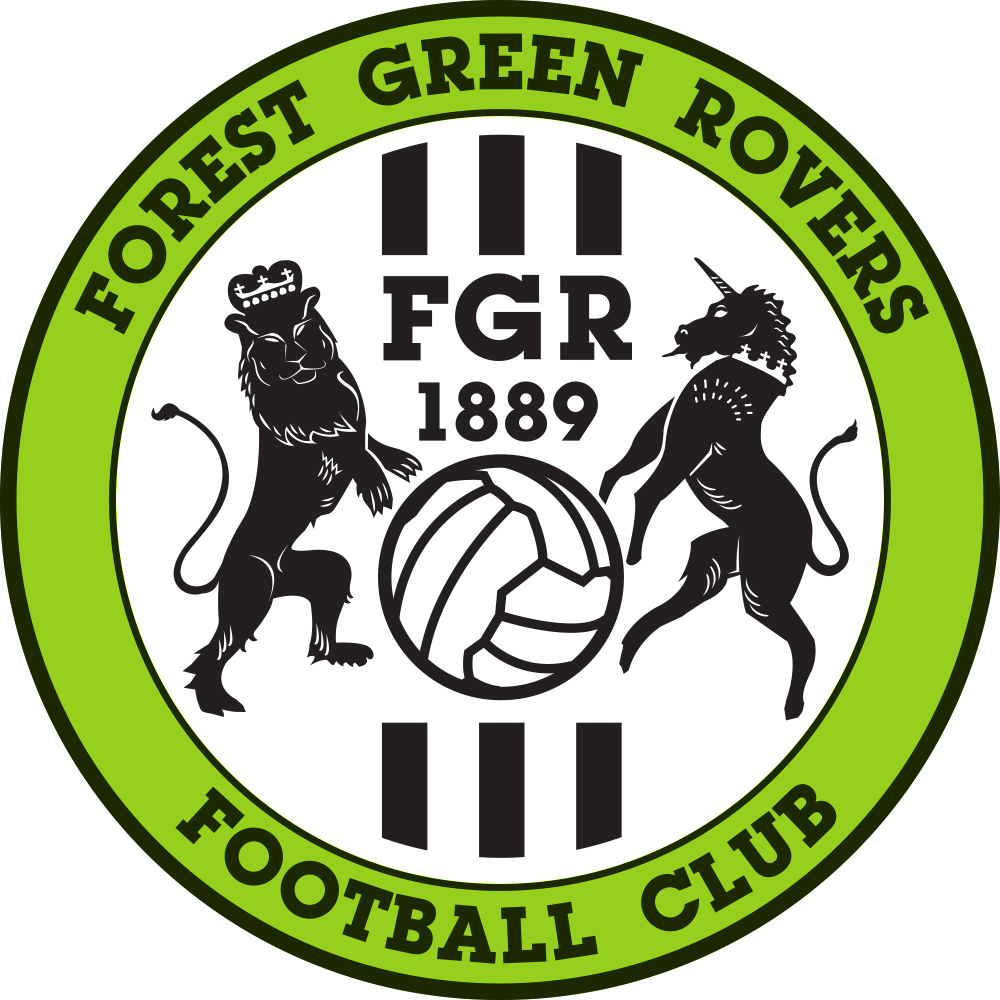It takes a lot of hard work and dedication off the pitch to make a successful football player, and it’s no different at the FGR Academy.
But that goes into those countless hours in the gym? Academy Head of Medical and Performance, Graham McAnuff, had all the answers.
“There is no normal day at FGR, or in football generally,” explained the former Exeter City physiotherapist.
“On a typical day I'll get in and set up in the gym ready for the players’ session or the injured players’ rehabilitation session. Depending on the day of the week, we will concentrate on upper or lower body strength, power or plyometrics.
“We then warmup for training, keep an eye on the players during training and then cool down and recover afterwards.
“There is a real focus on educating teenagers on how to prepare and recover from hard physical activity as well as advice on eating, sleeping, food, nutrition and supplementation to enhance physical performance.”

While players on scholarship contracts typically develop at different times and rates, they’re all at a crucial stage physically.
“The scholar phase of development involves improving the players technically to play at their highest level while preparing them physically to enable the transition into a first team environment,” he said.
“They will have to compete and match their peers on a technical and physical level. Scholars are tested and made aware of areas that need to be improved either from a football, physical or knowledge perspective.
“Athletic development includes improvement in strength, power, balance and stability and players having the knowledge to look after themselves to prepare properly for games, training and effective recovery."

A large part of the work goes into carefully crafting programmes for each player, developing their weaknesses and maintaining strengths.
“Each player gets a tailored training package, dependant on a number of factors,” said the physio.
“Initially, we assess their training age and how much experience they have at the level. This is how we calculate the intensity and variation of techniques.
“It varies by position too. Wing-backs have to run faster and further than centre-backs, who’s training is more focussed on power and jump height.
“Goalkeepers have to get down to the floor and back up again quickly, which requires more gymnastic ability, so we get them on a more dynamic programme.
“Ideally, we want everyone to be strong to prevent injury, then use this as a base to progress the rest of their training. A lot goes into making the players tick on a matchday.”















